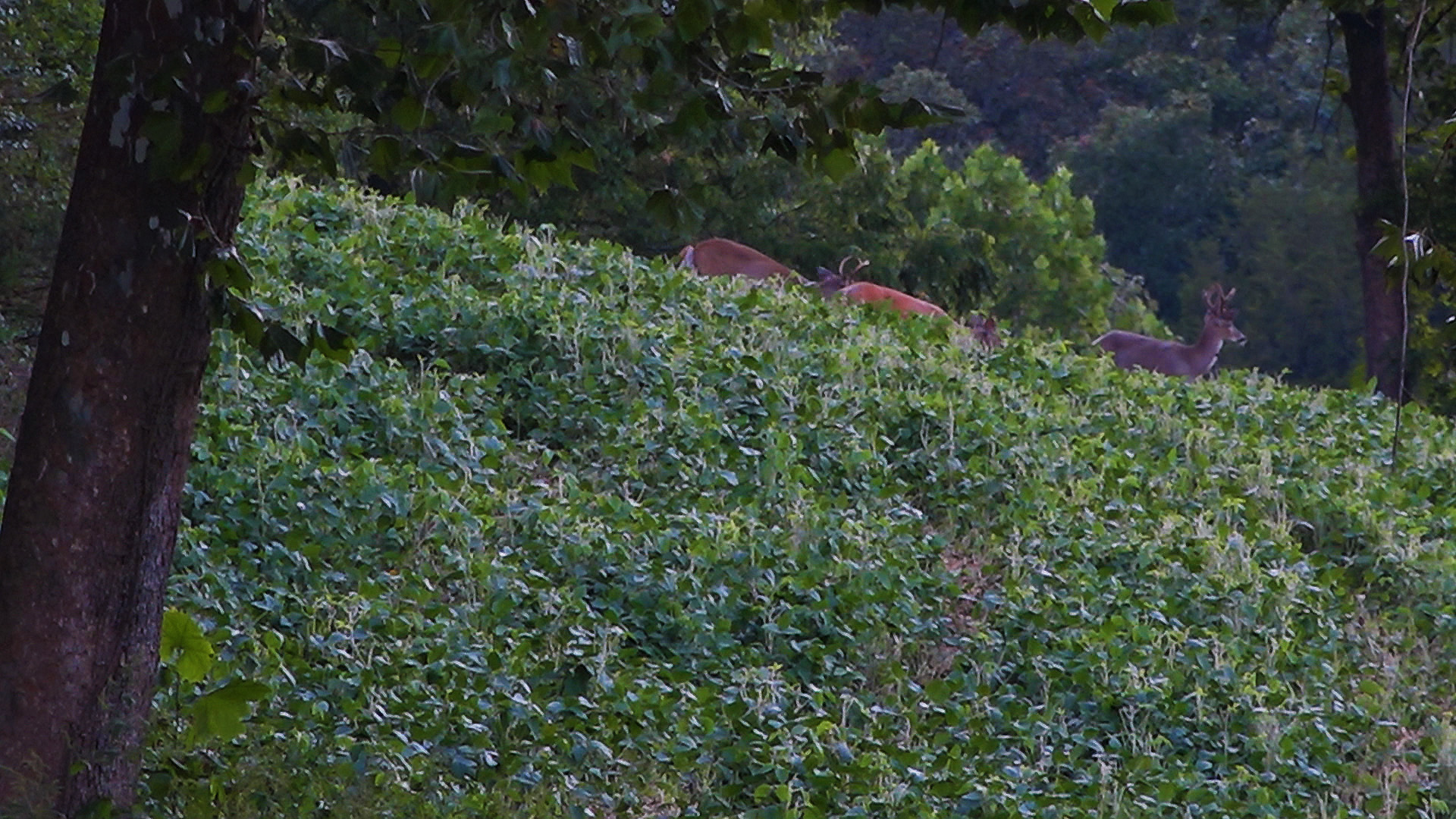Deer Hunting Strategies: Scouting For The Coat?
Filed under: Hunting Blog, Hunting Tactics
Many deer hunters are now busy scouting for deer season. When you’re scouting you should not only pay attention to where the deer are, but what they look like. Specifically, what does their coat look like? Pay attention to those trail camera images. Do they reveal deer that suddenly have spots of red and brown hair? Do the coats of these deer appear shaggy and unhealthy? This small detail can yield big dividends when planning where to hang your next stand. Read on to understand why.

White-tailed deer appear this way because deer molt or shed their hair twice a year. This time of year the short reddish hair falls out and is replaced by longer gray hair. The short reddish hair was their summer coat. The reddish or lighter color hair reflects the sun’s energy compared to the darker winter hair which absorbs the sun’s energy in the form of heat.
During the spring the opposite is true. During late March (typically, depending on location) deer shed the darker gray, longer hair and replace it with the thinner, shorter reddish hair. The timing of molting seems to be trigged by factors other than current conditions.
This information can be used by hunters to pick stand locations during the early season. For example, let’s assume deer where you hunt have already started getting their winter coat and the temperatures are still warm or warmer than normal. Deer won’t move much during daylight hours and will bed in areas where they can stay cool during these conditions. This means deer will likely bed on north facing slopes or in shady areas where there’s a breeze. They probably won’t move much during the heat of the day and will typically arrive at food sources just at dark or later.
You can use this information to select stand sites based on the deer’s coat color and daily temperatures in your area. Understanding this simple biology can make you a more successful hunter!
Let us know what you are seeing by posting on our Facebook page! It’s a great way to get into conversation with other deer hunters.
Growing (and hunting) Deer together,
Grant



